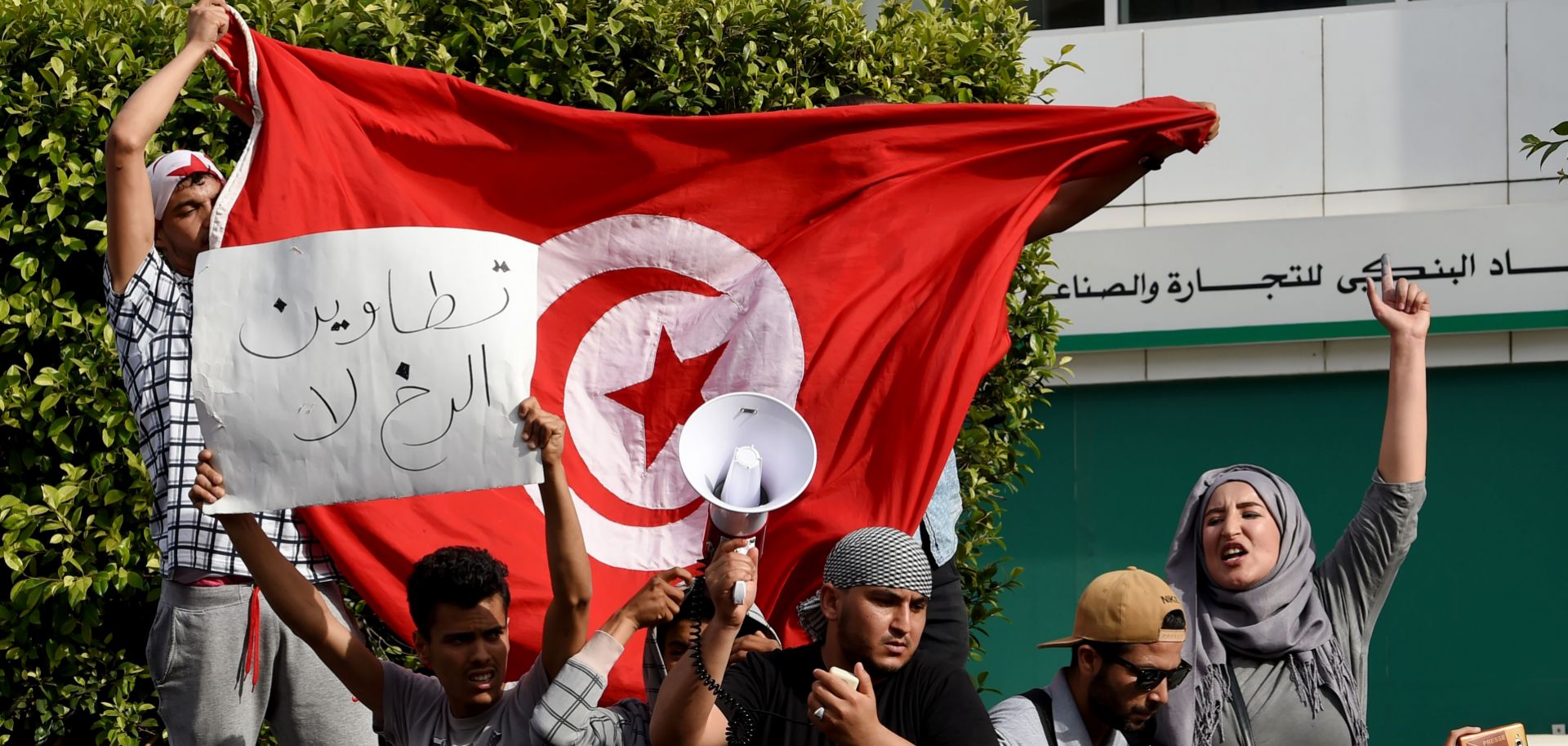The Arab Spring shook North Africa to its core. In Egypt, the military tore down the Muslim Brotherhood nearly as quickly as the Islamist group rose to power, and six years on, the government looks much like it did before the wave of revolutions swept the region. The ouster of Moammar Gadhafi in neighboring Libya splintered the country into tribal militias, and today three rival governments are fighting for control there. Only Tunisia managed the transition from a dictatorship to a functioning representative democracy.
But piecing a political system back together in the wake of a revolution can be a lengthy process. In the years since the Jasmine Revolution brought more than five decades of authoritarian rule in Tunisia to an end in 2011, the country has struggled to keep up the pace of reform. Disputes among the ruling coalition, between Islamist and secularist groups, and between the elite and marginalized...

